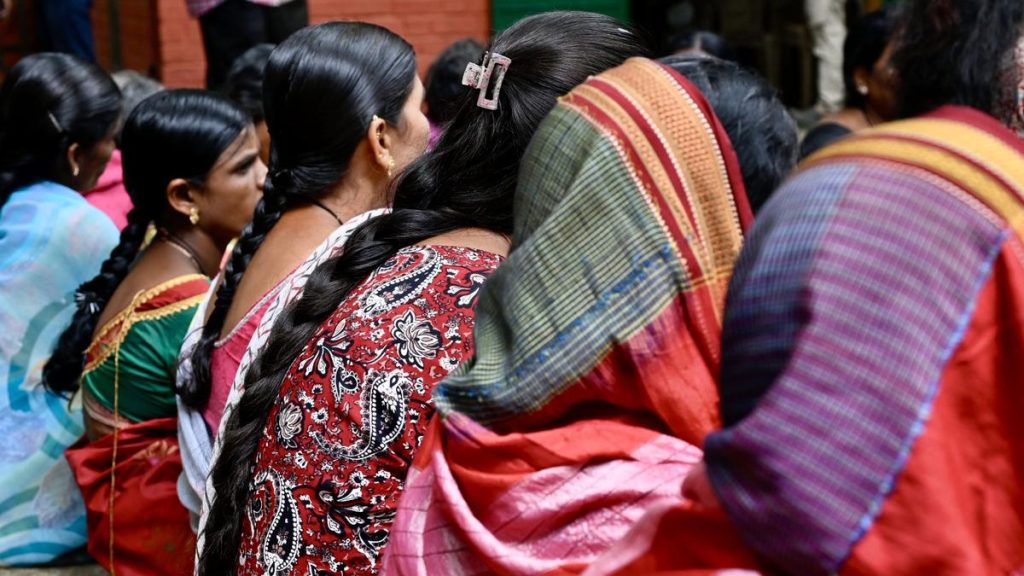Now Reading: NTCA Urges Tiger Reserve Status for M.M. Hills to Boost Conservation
-
01
NTCA Urges Tiger Reserve Status for M.M. Hills to Boost Conservation
NTCA Urges Tiger Reserve Status for M.M. Hills to Boost Conservation

Speedy Summary
- The National Tiger Conservation Authority (NTCA) investigated the deaths of five tigers at M.M. Hills Wildlife sanctuary on June 26, 2025, and has recommended declaring it a tiger reserve to bolster protection and conservation efforts.
- A special investigation team composed of NTCA and Wildlife Crime Control Bureau officials submitted findings recently, including a SWOT analysis of the sanctuary.
- Recommendations to designate M.M. Hills as a tiger reserve have already been approved by the NTCA and State Wildlife Board but await final notification.
- M.M. Hills contributes significantly to a broader tiger corridor linking BRT Tiger Reserve, Sathyamangalam Tiger Reserve, and Cauvery Wildlife Sanctuary.
- the report emphasizes measures such as improving anti-poaching camps (APCs), recruiting vacant frontline staff positions, enhancing welfare provisions for staff, regularizing contract workers from local villages with long service histories, and addressing inflation-based allowances for ration and fuel.
- Strengths: Large contiguous forest area (906 sq. km), diverse vegetation supporting corridor connectivity; part of larger conservation areas like Mysore Elephant Reserve and Nilgiri Biosphere reserve aiding landscape-level conservation.
- weaknesses: Shared boundaries with private agricultural land; threats include livestock-driven grazing pressure, hunting/poaching by locals within villages inside the sanctuary, inadequate fencing along its 78 km-long porous river boundary with Tamil Nadu.
Indian Opinion Analysis
The NTCA’s push to declare M.M. Hills as a tiger reserve highlights India’s increasingly nuanced approach toward wildlife conservation in critical habitats linked by larger ecological corridors. This move could scale up protections while enabling financial inflows that strengthen anti-poaching infrastructure-a necessary step following recent losses within the sanctuary.
However, challenges such as human-wildlife conflicts in shared boundaries with private lands underscore potential friction points requiring proactive community engagement strategies from authorities. Additionally, prioritizing welfare measures for frontline staff addresses systemic vulnerabilities that can help sustain long-term efficiency in enforcement.Given its strategic role across connected reserves like BRT and Sathyamangalam-not just for tigers but also elephants as part of broader biodiversity hotspots-M.M. Hill’s preservation could bring notable ecological benefits if integrated carefully without disrupting local livelihoods.Read More: Link
























